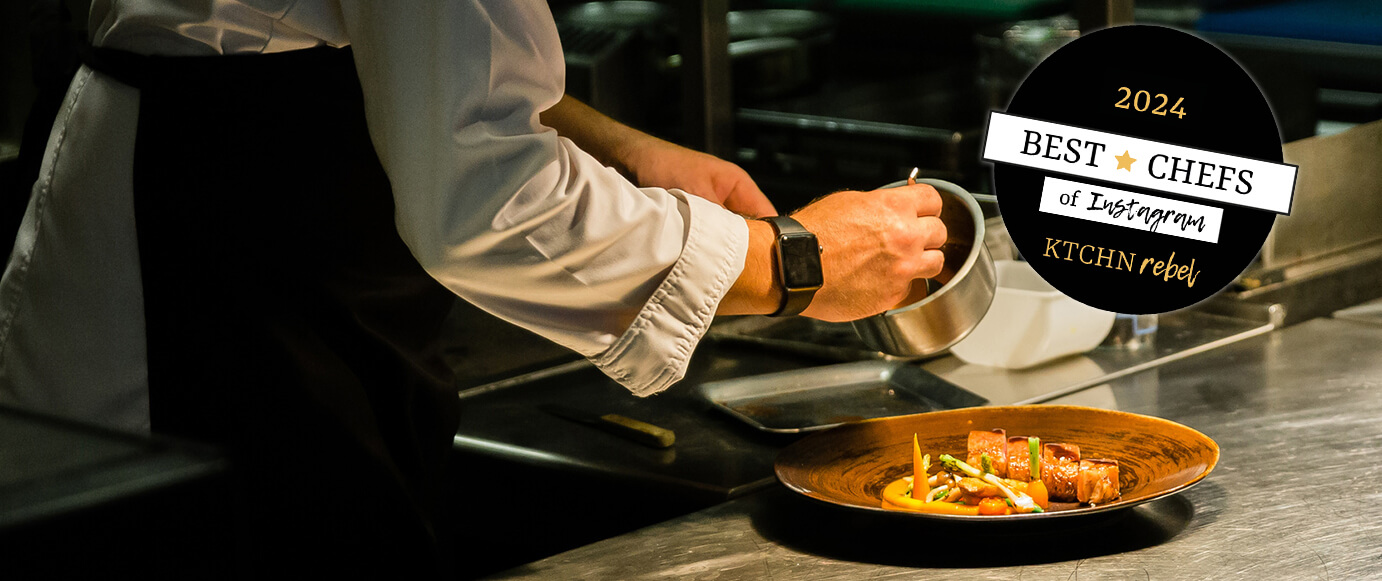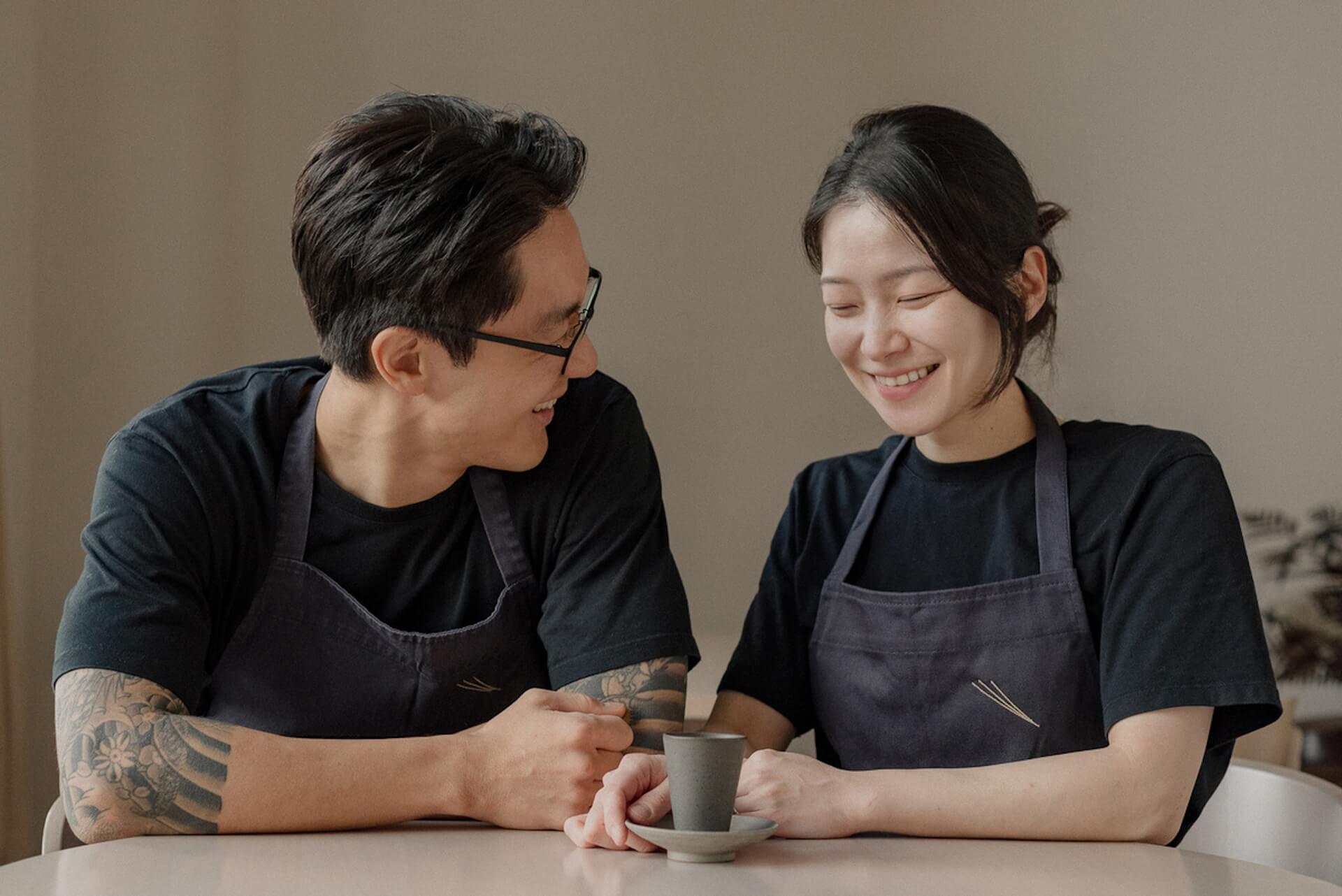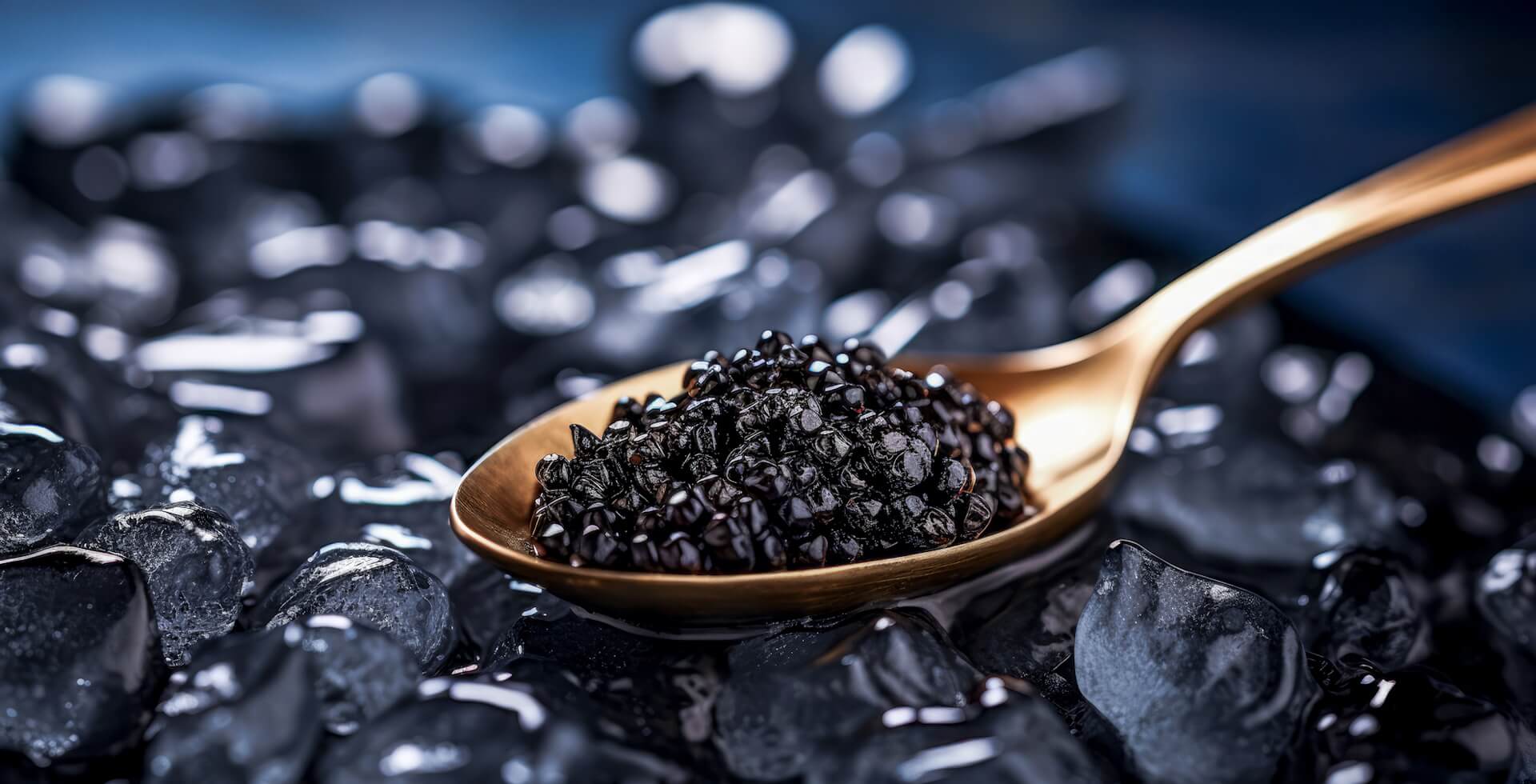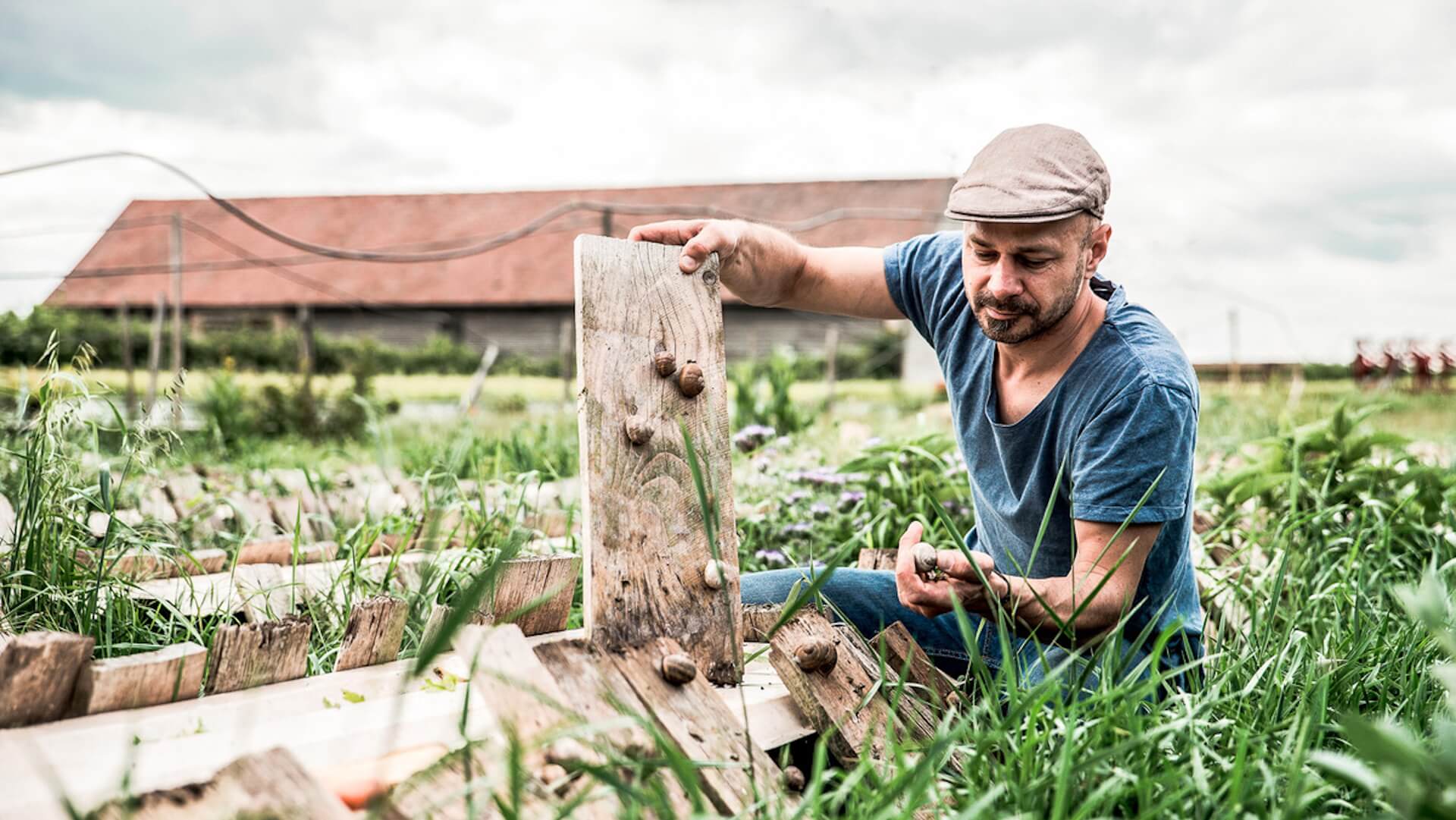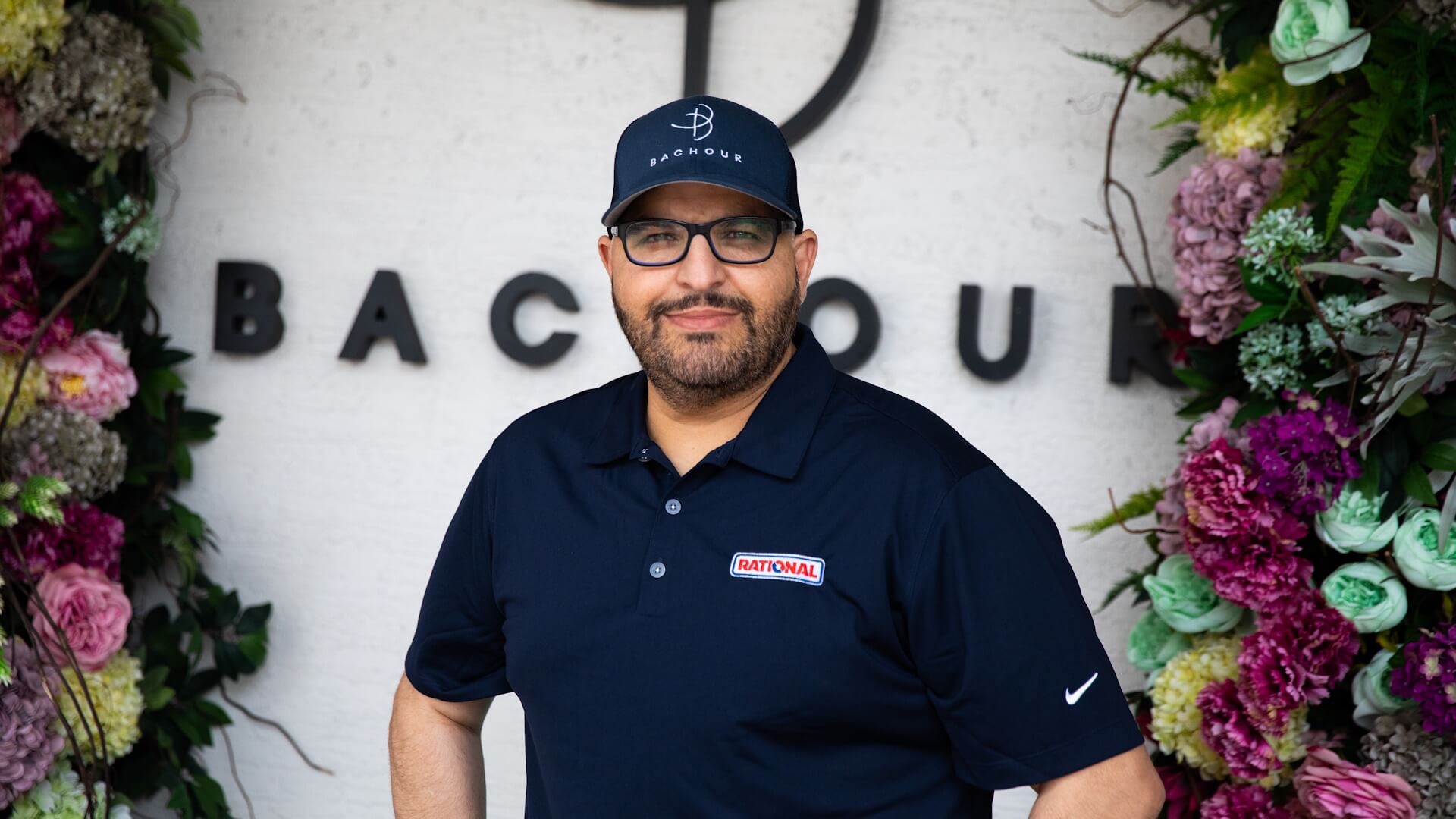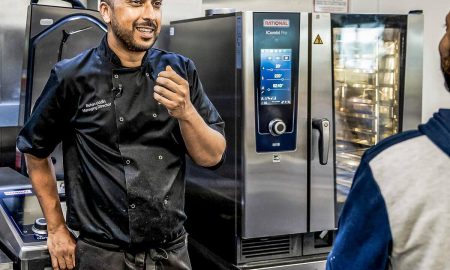Standing in front of him, you can almost taste the salt on your tongue. Ángel León has the type of charisma shared by people who have lived their lives by the sea and under the sun – a mix of earthy vitality and down-to-earth composure. Tanned and tattooed as he is, he could almost be mistaken for a sailor. And the truth is, this is how it all began. “My father, a great lover of seafaring, took me sailing and fishing right from when I was a small boy. Back on shore, I enjoyed cleaning and gutting the fish to see what was inside,” León described his childish curiosity, which often bordered on scientific interest.
Sieh dir diesen Beitrag auf Instagram an
Today the Spaniard is “captain” of his own crew in the Aponiente restaurant in the harbor of Cádiz, which has been awarded a three-star rating by the Michelin Guide. The travel guide describes León as a “gastronomical visionary”, thanks to his “boundless creativity”, techniques and, not least, his continuing love affair with the sea.” This obsession is a part of his DNA and is reflected in every detail of his work. Understanding of his kitchen and therefore the success of the operation, however came somewhat sluggishly.
This was also because although the concept of the restaurant was clearly formulated, it was difficult to sell at first. From the very beginning the idea was to only serve things that came out of the sea in Aponiente. Conventional guest, however, assumed this meant seafood and turbot. León is more interested in all the ocean treasures that have been misjudged and maligned up to now.
Sieh dir diesen Beitrag auf Instagram an
Waste from the sea
“People fear the unknown. At the beginning when I served my guests frogfish, they didn’t want to eat them. That meant I often had to trick them a little,” said Ángel León. He then simply cooked and presented many fish dishes as though they were meat.
For example, every year he created a whole range of “embutido” or sausages made out of various species of fish and ended up serving frogfish as surimi. In this half-way familiar form, his guests then also succumbed to eating unpopular sea creatures such as the moray eel, the sardine and sea urchins. “This way, these fish also get a chance to play the starring role on the plate and, at the same time, guests don’t have the feeling they are doing without meat and other products,” commented León.
His range of offers in his restaurant is primarily based on an ecological background. The majority of fishing businesses reject between ten and twenty percent of the bycatch. That means that this portion of the fish caught does not meet market demands because consumers are only used to a handful of types of fish and the rest are thrown back into the sea as waste where they die of their injuries. Attempts by the European Union since 2015 to ban this practice have remained unsuccessful up to now. León is attempting to counteract problems such as overfishing or just such unnecessary bycatches in his own way: “We have served fish that has not been served at all up to a few years ago in Spain and this is slowly starting to change people’s consumer behavior.”
The great vision of Ángel León
We are slowly getting closer to the core of his intentions, because Ángel León has a long-term vision. In five years a whole 90 percent of his ingredients for his dishes should originate from the sea. In ten years he doesn’t want to even serve fish any longer. Instead he wants to convey to the people that the ocean actually has much more to offer and has the answer to many urgent questions. “Everyone believes I am limited in my cuisine because I restrict myself just to the subject of the sea. But it actually covers more than three-quarters of the surface of the earth and parts of it are less explored than outer space. People are only familiar with a small 15 percent of all the species that live in the sea,” said León. Here it’s possible to see the spirit of the explorer. In a different decade, he would have been sailing around the world like Magellan or observing giant turtles on the Galápagos like Darwin.
Sieh dir diesen Beitrag auf Instagram an
Behind the scenes of his restaurant, there’s a lot going on in the lab. León’s greatest ambition is to make new ingredients accessible to people and he has already been successful at this with the support of his research team. Years ago the idea suddenly came to him that he had to use plankton in the kitchen. Up to then it had only been used in pharmacology, was difficult to come by and unknown as a foodstuff. Even when he finally got together with a pharmacology company to obtain plankton, with their help, he still had to convince the European Union to recognize plankton as a novel food. “We are only here at all because of plankton. Around 50 percent of the air that we breathe is created by plankton and at the same time it is the most intensive taste of the sea that there is. Its approval as a food was one of the happiest moments of my life,” León admitted. Some of these phrases seem to roll off his lips almost automatically. He has already used them as slogans in a campaign that is already some years behind him. He has probably simply had to recite them thousands of times in front of journalists, guests and the authorities. Which in no way negates their credibility.
The light of the sea
His urge to research extends even further than plankton and doesn’t stop at more abstract elements of the sea. One night during a fishing trip he suddenly became eager to observe the illuminated crabs that he was using as bait. What if it were possible to capture the bioluminosity of these living creatures? What if he were able to share these lights of the sea with his guests in Aponiente? Aided by marine biologists from various universities in Andalusia, he explored these questions for five years long until he was able to finally share the result with the public at the Madrid Fusión gastronomy congress.
Luminous organisms make use of specific natural substances, which together with oxygen release light in a chemical reaction. This reaction is able to be replicated under the right conditions. To do so, León uses a specific species of luminous crabs, which he freeze dries, pulverizes and to which he adds tomato broth. The impressive result earned him a roar of applause at the Madrid Fusión and an invitation to a demonstration at Harvard University: In a darkened room and before the eyes of the spectators the broth began to glow blue-white – reminiscent of a nocturnal sea of stars.
Ebb and flow
“I simply love to experiment and sometimes I forget that people actually come to our restaurant to eat and to drink. I then try to keep it short when I’m speaking about the scientific process behind every dish but in addition to my job as a chef, I am also a marine fanatic,” León admitted. That’s the reason why he is so enthusiastic about his cooperation with marine biologists and the research lab in his restaurant. “Mentally I am a little hyperactive and share all my crazy ideas with my team. I am so happy that they really accept me and take my ideas seriously,” the passionate Spaniard explains.
Ángel León has been running the Aponiente since 2012. The restaurant is located directly on the water in an old tide mill from the 19th century. It was used in former times to generate energy using the ebb and flow of the tide, and developed into one of the largest of its kind in Southern Europe. However it was shut down after the salt crisis in the 1970s, and rediscovered only decades later by Ángel León and his team. He is not unaware of the poetry of the location: “I’ve always dreamed that we would be able to work in the sea – to really experience it. I believe the mill was waiting for us,” said León and thus puts into words his romantic determinism. He is the prophet sent to us to make the sea accessible to us and Aponiente is the perfect medium for this.
With a sea view
Naturally many of the details of the building have been modified to fit into the theme of the restaurant: metal shells on the walls, the round windows of the restaurant are reminiscent of the portholes in ships, bronzed details on the outer walls replicate the swing of a sail, the chairs in the restaurant conjure up an image of fish fins. A team of almost 50 people work there around the clock for 35 guests and serve for example sea urchin cookies, autumnal abalones or shrimp fritters with moray eel adobo.
Sieh dir diesen Beitrag auf Instagram an
Nevertheless his focus never waivers from the pioneering cuisine of the Aponiente. “I see things in the sea that perhaps other people do not see straight away, such as the light of the sea, plankton, sugar and a lot more besides. That’s why my next project is to get people more acquainted with new ingredients and convince them of the potential of the sea and offer them solutions,” León said with conviction. Those who discount the stocky Spaniard with seaman manners as “just” a cook is not doing justice. There are many words that come to mind but in his case the term visionary is not so far from the truth.









